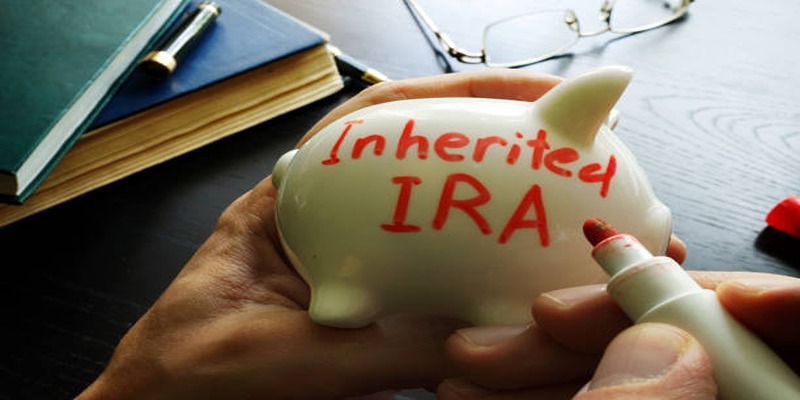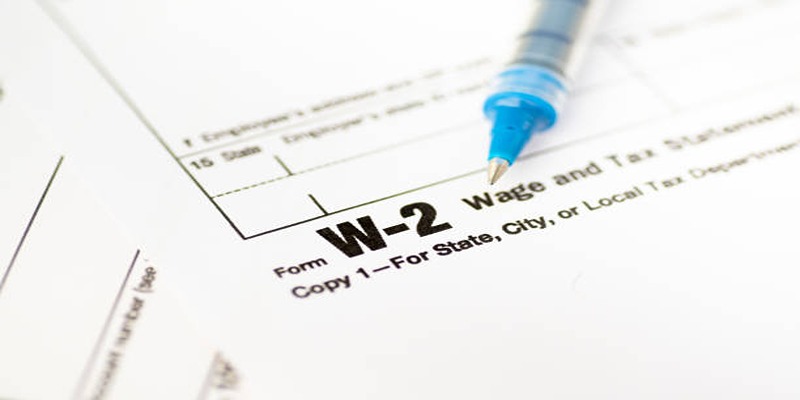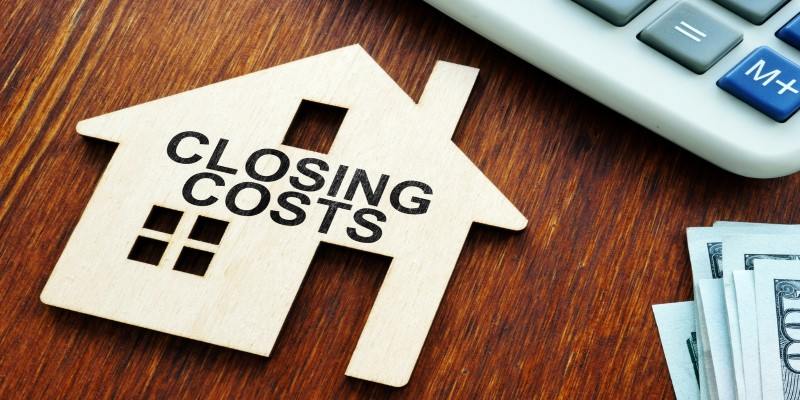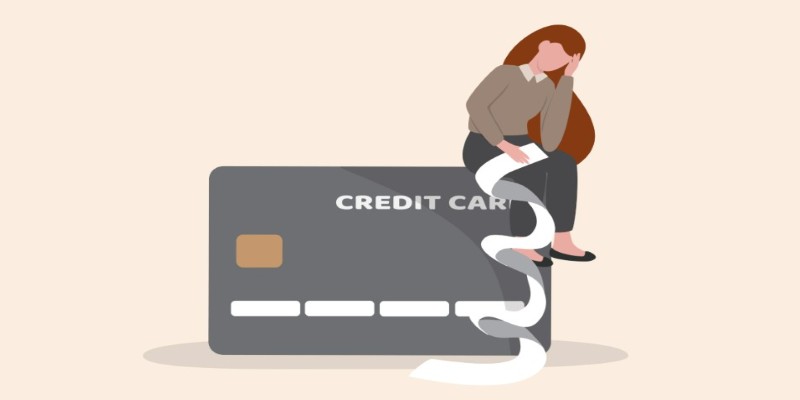Let’s face it—mortgages can feel like an entirely different language. Between interest rates, down payments, and closing costs, there's a lot to wrap your head around. And right when you think you've got it all sorted, someone brings up "points." Mortgage points, to be specific. If you've heard the term tossed around and nodded like you understood, you're not alone. But here's the good news: mortgage points aren’t as complicated as they sound.
Once you break them down, they make a lot of sense—and might even save you money. They’re just one of many moving parts in a mortgage, but they often get overlooked. Knowing how they work could give you a slight edge when you're negotiating terms with a lender.
The Basics: What Exactly Are Mortgage Points?
To put it simply, mortgage points are fees you can pay your lender at closing for a reduced interest rate on your home loan. They’re sometimes called "discount points" because that’s exactly what they do—discount the rate.
Each point typically costs 1% of your loan amount. So, if you borrow $300,000, 1 point will cost you $3,000. In return, the lender usually reduces your interest rate by about 0.25%, though this can vary. It’s not a flat-rate deal, but that's the general ballpark.
Think of it as prepaying part of the interest upfront. You give the lender more money now, and they charge you less over time. That’s really the whole idea
How Do Mortgage Points Work in Real Life?
Let’s bring in some numbers—because nothing drives a point home like a good old-fashioned example. Say you're offered a 30-year fixed-rate mortgage of $250,000 at 7.5% interest. You’re also given the option to buy one point for $2,500 (which is 1% of your loan). If you buy the point, your interest rate drops to 7.25%.
Now, here's where it gets interesting. With the original 7.5% rate, your monthly payment (excluding taxes and insurance) would be around $1,748. If you buy that one point and lower your rate to 7.25%, your monthly payment drops to about $1,706. That's a $42 monthly difference.
Over five years, you’d save about $2,520 in monthly payments—just over the $2,500 you paid for the point. Stick with the loan longer, and your savings go up. Walk away from the house too early, and that upfront cost might not pay off. So it’s not just about buying points—it’s about how long you plan to stay put.
Types of Mortgage Points: Yes, There’s More Than One
When someone says "mortgage points," they’re usually talking about discount points. But there’s another kind you might run into: origination points. They sound similar, but they’re not about lowering your interest rate.
Origination Points:
These are fees paid to the lender for evaluating, processing, and approving your loan. It's more of a service fee than a discount. Some lenders charge them, and some don't. And unlike discount points, origination points don't give you any long-term benefit—they’re just part of the cost of getting the loan.
Discount Points:
These are the real stars of the show. When people talk about "buying down the rate," this is what they mean. You pay upfront, and your interest rate shrinks. You can often buy multiple points, too. Buy one, get a 0.25% reduction. Buy two, and maybe you knock it down 0.50%. It's entirely optional, and the choice is yours.

When It Makes Sense to Buy Mortgage Points
There's no universal yes or no here. But you can figure out if it makes sense for you with a bit of math—and a little honesty about your plans.
Step 1: Look at the Cost of the Points
Start by figuring out how much buying points would cost you. Take your loan amount and multiply it by the percentage of points offered. If you're being offered 2 points on a $400,000 loan, that’s $8,000.
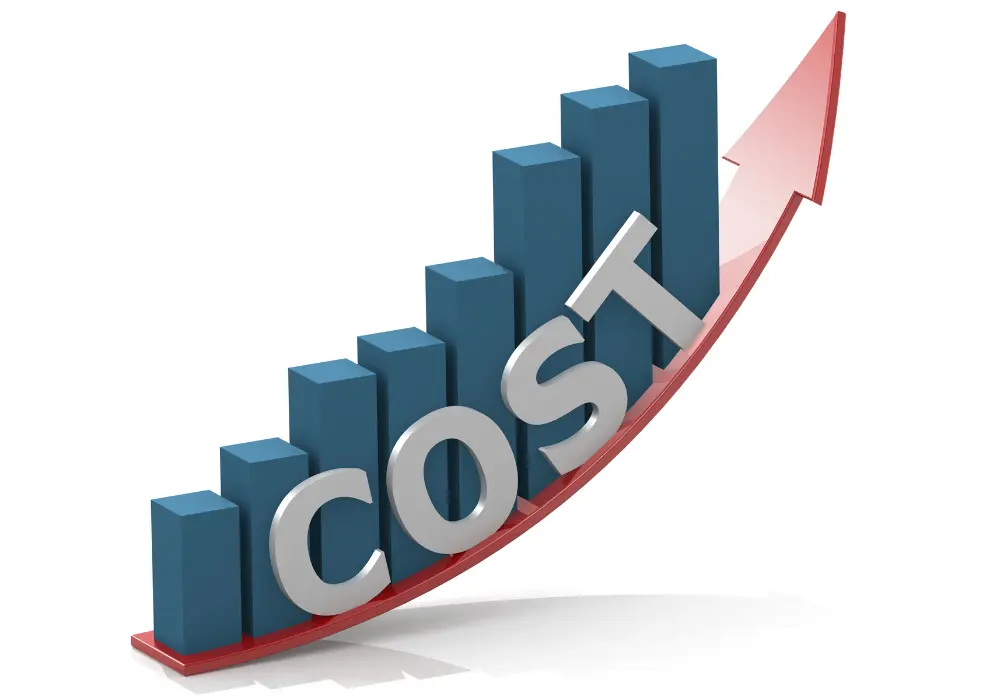
Step 2: Calculate the New Monthly Payment
Ask your lender what your payment would be with and without the points. Note the difference in the monthly amount.
Step 3: Find the Break-Even Point
Take the cost of the points and divide it by the amount you'd save per month. That tells you how many months it would take for the points to "pay for themselves." If the break-even point is 60 months, and you plan to stay in the home for at least 10 years, buying points could be a smart move.
Step 4: Be Honest About Your Timeline
Think realistically about how long you'll stay in the home. If it's a short-term move or you're eyeing a future refinance, the savings from points may not outweigh the upfront cost. That's where the break-even calculation really matters—you either pass it or you don't.
Step 5: Factor In Other Costs
Don't forget—closing on a home comes with numerous expenses. If buying points would completely drain your savings, it might be wiser to keep that money for emergencies or future home improvements.
Wrapping It Up
Mortgage points can be a solid way to lower your interest rate and save money over time—but only if the math checks out. They’re not a one-size-fits-all solution. If you're staying in the home for years and can afford the upfront cost, points can lead to real savings. But if you think you'll move or refinance before reaching the break-even point, it might not be worth it. Also worth considering: mortgage points can sometimes give you more control in a tight housing market. Sellers aren’t always open to cutting prices, but negotiating a lower rate through points can be a way to make the deal work on your terms—without changing the purchase price.

